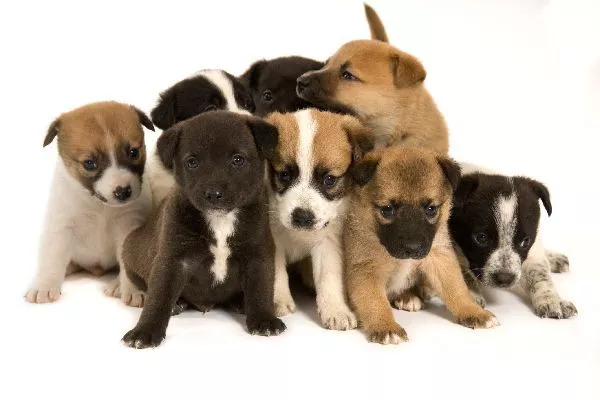Ragdoll cats are known for their striking appearance, gentle nature, and affectionate personality. As with any cat breed, potential owners may have concerns about shedding. In this article, we will explore the shedding habits of Ragdoll cats to provide a comprehensive understanding of their coat and address common misconceptions.
Understanding Ragdoll Cat Coats: Ragdolls have semi-longhair coats characterized by silky, soft fur. Their fur is plush and often referred to as “bunny-like” due to its texture. Ragdolls have a medium-density coat that provides them with insulation and protection. While their fur may seem dense, it does not have an undercoat like many other cat breeds.
Ragdoll Cat Shedding Myths:
Myth: Ragdolls are hypoallergenic and do not shed. Fact: Ragdolls are not considered a hypoallergenic breed. While they may produce fewer allergenic proteins than some other breeds, they still shed and can trigger allergies in sensitive individuals. Like all cats, Ragdolls naturally shed their fur as part of their growth and renewal cycle.
Myth: Ragdolls shed excessively. Fact: Ragdolls are not known for excessive shedding. Compared to some other longhair breeds, they tend to shed less. Ragdolls have a minimal undercoat, which reduces the amount of loose hair they release into the environment. However, shedding can still occur, especially during seasonal changes.
Factors Affecting Ragdoll Cat Shedding:
Coat Length and Density: Ragdolls have a semi-longhair coat, which means they have more hair compared to shorthair cats. However, their coat density is moderate, which results in less shedding overall.
Seasonal Changes: Like many animals, Ragdolls may experience increased shedding during seasonal changes. They may shed their thicker winter coat in preparation for warmer months. Regular brushing during these periods can help manage shedding and prevent excessive fur accumulation in the home.
Grooming Routine: Regular grooming plays a significant role in managing shedding in Ragdolls. Brushing their coat at least once or twice a week helps remove loose hair and prevents matting. It also promotes a healthy coat and reduces the amount of fur they shed around the house.
Tips for Managing Ragdoll Cat Shedding:
Establish a Regular Grooming Routine: Brush your Ragdoll’s coat regularly to remove loose hair and prevent matting. Use a brush suitable for their coat type and be gentle to avoid causing discomfort.
Invest in High-Quality Food: A balanced diet with high-quality cat food helps maintain your Ragdoll’s coat health. Proper nutrition contributes to healthy skin and fur, reducing excessive shedding.
Provide Enrichment and Stress Relief: Stress can contribute to excessive shedding in cats. Ensure your Ragdoll has a stimulating environment, engaging toys, and opportunities for exercise and play. Minimizing stressors can help reduce shedding.
Consult a Veterinarian: If you notice a sudden increase in shedding, bald patches, or any other concerning signs, consult a veterinarian. Underlying health issues or allergies could be contributing to excessive shedding, and a professional can provide guidance and appropriate treatment if needed.
Conclusion:
Ragdoll cats are not known for excessive shedding, but they do shed as part of their natural hair growth and renewal cycle. While Ragdolls have a semi-longhair coat, their moderate coat density and minimal undercoat contribute to less shedding compared to some other breeds. Regular grooming, a balanced diet, and providing a stress-free environment can help manage shedding. By understanding the shedding habits of Ragdolls and implementing appropriate care, potential owners can enjoy the companionship of these beautiful cats without being overwhelmed by excessive shedding.
Recommended reading:


























